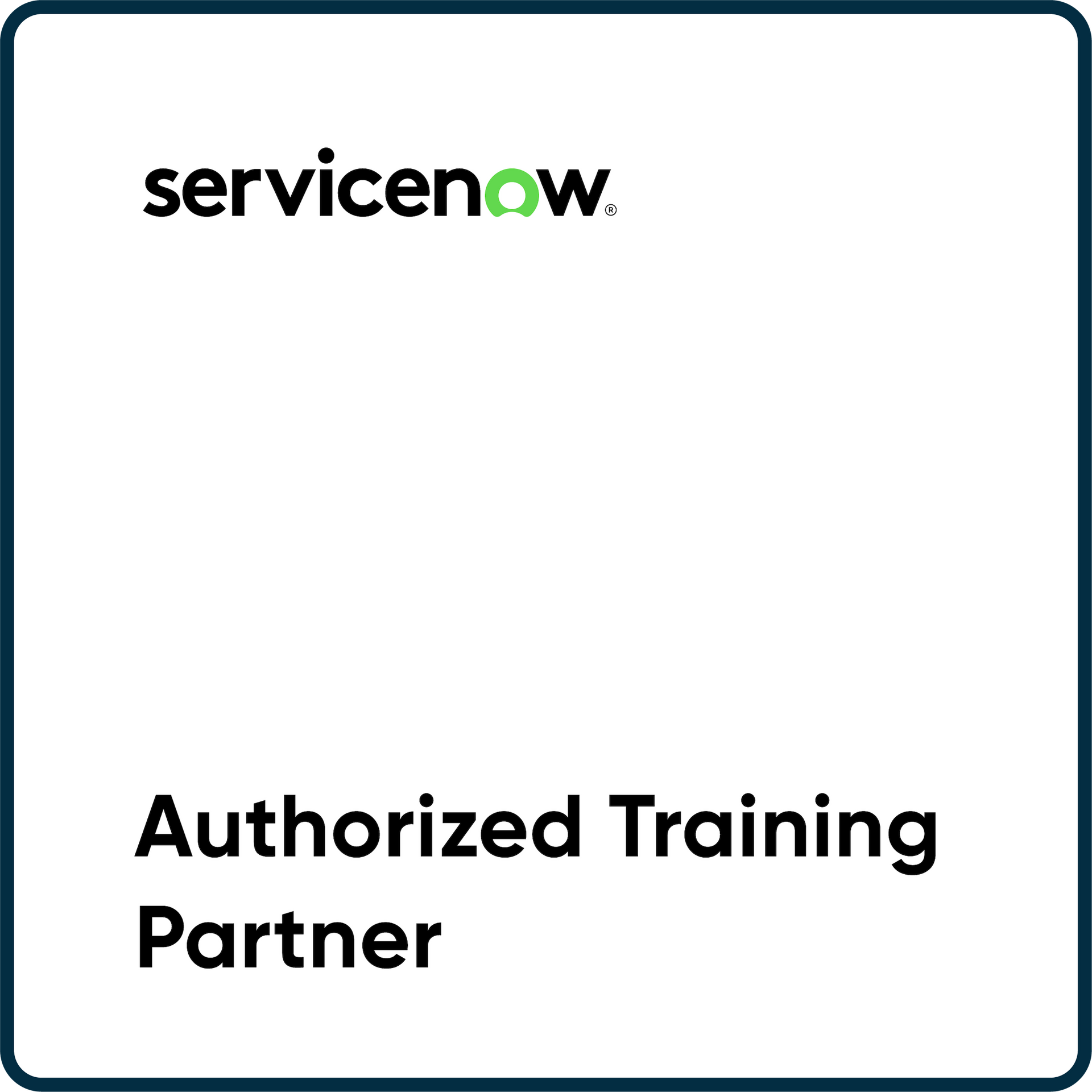How DO You Reopen Your Business?
George Moakley
July 13, 2020
How DO You Reopen Your Business?
Sheltering in place is making a difference; more and more regions are seeing a slowing of infection rates.
Soon, when your region is ready, you’ll have the chance to reopen your business.
Do you have a plan?
As your community progresses from ‘Flattening the Curve’ to ‘After the Apex’, until there a vaccine is widely deployed to achieve ‘herd immunity’, we still need to protect the vulnerable to avoid overwhelming our health care infrastructure with a second wave of infection.
This translates into a practical challenge for your company; how DO you reopen your business?
There are infrastructure services that will need to be put in place. We’ll need an adequate testing capability involving two kinds of tests.
Every individual will need periodic testing for antibodies in order to understand whether they are vulnerable, and every individual will need to be screened before entering any venue for which social distancing is impractical (e.g., mass transit). Screening will determine whether people are actively infectious. Such testing will need to be on a VERY large scale, with nearly immediate results, conducted with an edge intelligence platform connected to public health infrastructure.
Where necessary, your business operations will be able to rely on this testing infrastructure. To do so, you’ll need to work through the mechanics of how to do so. This will involve integrating applicable business processes with public health infrastructure through service interfaces that have not yet been defined.
Where possible, your business operation will need to continue to insert technology between people so they can work together apart.
Between co-workers, you’ll continue to employ conferencing tools, collaboration applications, workflow management solutions, and so forth. If your company wasn’t using such tools before the pandemic, you’ve probably been forced to deploy them rapidly and, in all likelihood, that rapid deployment is not as productive and effective as you’d like it to be. Even if your company was already using such tools before the pandemic, you’ve been forced to expand their use, discovering all sorts of limitations, including whether your employee’s homes have adequate bandwidth.
Between your employees and their external contacts (e.g., customers, suppliers, and partners), you’ll also need to insert technology. That will come down to two classes of technology.
One is the ability to extend the aforementioned conferencing, collaborative, and workflow management tools across corporate boundaries.
The other is expanded or novel automation solutions. These include expanding the scope and role of automated point of sale systems (e.g., kiosks), customer support systems (e.g., down the wire manageability and repair), automated customer relationship management capabilities, fulfillment systems, inventory distribution tracking, asset tracking, etc.
These expanded or novel automation systems will be disruptive. Their deployment will be partially in the cloud with devices deployed in the real world, connected back to your company through telecommunications interfaces that, depending on locations, may be expensive, constrained, or unreliable. They will need to be provisioned and maintained, with down-the-wire and out-of-band monitoring, diagnostics, and repair.
Bottom lines?
There’s a lot of complexity, you don’t have a lot of time, and you’re probably dealing with business disruptions impacting your cash flow.
So, what you’ll need is a roadmap. A pragmatic, practical, Digital Transformation Roadmap that lays out a series of small, incremental steps with real and quick financial benefits to not only help your business survive but thrive.
And that roadmap needs to provide a foundation for a strategic plan that builds on the small, incremental steps, because you won’t want to rip out your near-term investments when we get to ‘The New Normal’ in 12-18 months.
Let us help you craft your Digital Transformation Roadmap
Digital Transformation Call to Action
Digital Transformation is what we do.
We can help you keep your business running today and plan for the new normal.
#YourBusinessGoesOn
Insights from Volteo Digital

In today's always-changing digital environment, telecommunications companies need robust tools to efficiently manage their services and customer interactions. The ServiceNow Telecommunications Service Management (TSM) application stands out as a comprehensive solution designed to address these needs. Here are the Top 5 features of ServiceNow TSM that make it an indispensable tool for telecom service providers.

Since childhood, the desire to be part of a community, to find that sense of belonging and experience harmony and balance, has been a fundamental human need. We search for this feeling in various places - with our family, friends, school, and beyond. I didn't truly appreciate the significance of this until I embarked on my career in public relations. When I first joined the team at Volteo Digital, I was tasked with understanding what it takes to build a strong community. It was a challenge initially, but as my aspiration to be a leader and friend within the company grew, I stumbled upon Charles H. Vogl's compelling book The Art of Community. This book made me reflect deeply on our membership community and its profound implications. What I've learned has shown me the value of meaningful connections. These connections transform our lives by allowing us to share ideas, engage in activities, and celebrate successes.

In the realm of industrial machinery, the installation of large, manufactured equipment at customer locations poses unique challenges that require seamless coordination, real-time visibility, and proactive service delivery, and it is often an area that many companies need help with. With the deployment of ServiceNow Field Service Management (FSM), field service operations can be transformed from legacy processes and systems, email, and spreadsheets into streamlined workflows that elevate the customer experience and improve operational efficiencies. Enhanced Coordination and Scheduling: With ServiceNow FSM, companies gain access to advanced scheduling capabilities that enable optimized resource allocation and efficient task assignment. By automating scheduling workflows and dynamically adjusting appointments based on technician availability and customer preferences, manufacturing companies can ensure timely and coordinated installations, reducing downtime and enhancing customer satisfaction. Improved Technician Productivity: Large equipment installations often require specialized expertise and technical skills. ServiceNow FSM equips technicians with mobile access to critical information, enabling them to access installation manuals, schematics, and troubleshooting guides on the go. Moreover, the platform's intuitive interface and built-in collaboration tools empower technicians to communicate seamlessly with peers and escalate issues as needed, resulting in faster problem resolution and improved field productivity. Proactive Maintenance and Support: Once the installation is complete, proactive maintenance and ongoing support become crucial for ensuring the optimal performance of the equipment. ServiceNow FSM offers predictive analytics capabilities that enable solutions to anticipate maintenance needs, schedule preventive tasks, and address potential issues before they escalate. By implementing proactive maintenance strategies, companies can minimize equipment downtime, extend asset lifespan, and enhance customer satisfaction by ensuring uninterrupted operations. Comprehensive Data Insights: ServiceNow FSM provides comprehensive data insights that enable informed decision-making and continuous improvement. Centralizing data from field operations, customer interactions, and equipment performance into a single platform allows companies to identify trends, analyze service metrics, and optimize their processes for greater efficiency and effectiveness. Moreover, customizable reporting dashboards and KPI tracking capabilities demonstrate value to customers and stakeholders, driving transparency and accountability across the organization. Seamless Integration and Scalability: As manufacturing companies expand their operations, scalability and interoperability become critical considerations. ServiceNow FSM offers seamless integration with existing IT systems and enterprise applications, allowing the company to leverage its investment in technology infrastructure while extending the capabilities of its field service management platform. Whether integrating with ERP systems for inventory management or CRM platforms for customer engagement, ServiceNow FSM provides a flexible and scalable solution that evolves with the business's needs.





